How many types of tea are out there? Lots! And each has its own flavor and health benefits. Whether you’re a tea lover or just got into the habit of drinking tea, let’s explore together the wonderful world of teas.
Tea is the most consumed beverage after water and you’ll often hear it called the world’s healthiest drink.
Just to be clear here–when we use the word “tea” we refer to the ancient beverage prepared by boiling, brewing, or infusing the tea leaves of the tea plant Camellia Sinensis plant.
But at the same time, we also use the world in the modern sense to include herbal infusions use a host of different other plants from chamomile to verbena.
In this article, we aim to give you the best extensive guide on the most popular types of tea out there so you can discover new varieties to try.
But first, let’s start with the history of tea from its origins to the present day.
A Brief History of Tea
The history of tea begins with a legendary story set in 2737 BC.
The Chinese emperor and herbalist Shen Nung who liked to have his water boiled before drinking it because that made it cleaner.
One day, while traveling with his army to a distant region, a dead leaf from a wild tea bush fell into the water his servant was boiling for him.
The emperor drank the brownish water and found it refreshing. After that he kept on drinking the drink he had discovered by chance.
In the following millenia, tea drinking spread through China and the rest of Asia, before making its way to Africa and to Europe and the New World.
Today there are hundreds of cultivars or the original Camelia sinensis tea plant originating in China.
Tea has also become a broader word used to refer to infusions of other plants from around the world.
The Tea Plant Explained
The tea plant Camellia sinensis has two main varieties: Camellia sinensis sinensis and Camellia sinensis assamica.
Camellia sinensis sinensis
Native to China, Camellia sinensis sinensis has a small leaf and can survive more on cold weather in higher areas.
It’s generally used to make lighter teas such as white tea and green tea.
Camellia sinensis assamica
Meanwhile, Camellia sinensis assamica is native in India, specifically to the Assam region in the northeastern part of the country.
It blooms in hot areas and low areas and is commonly used for making stronger teas such as oolong, black tea, and Pu Erh tea.
Types of Tea Processing
All types of “true” teas (black, dark, oolong, yellow, green, white, and Pu Erh) are made from the same and only one tea plant.
This is true for hot tea, iced tea, as well as the much sweeter bubble tea made with tapioca.
By contrast, herbal teas or tisanes are not technically considered “true teas” as they are prepared from other plants or herbs. But broadly speaking, we include them in the different types of teas as that’s how they are sold today.
When talking about true teas, the differences between different teas are due to the level of oxidation and processing they undergo.
Here’s a graphic that explain this in more detail. As you can see, white tea leaves undergo only withering and drying compared to additional processes for other teas.
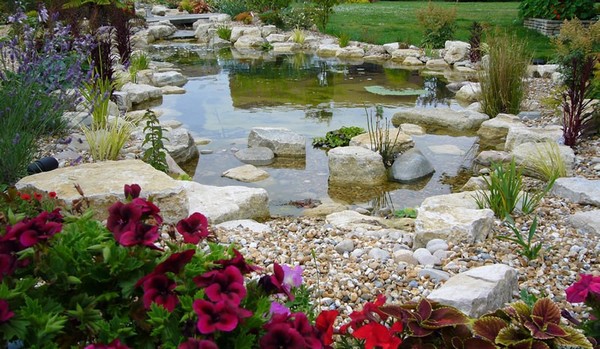
Tea processing is crucial to making the tea plant drinkable. During this process which can take weeks or months, leaves from the tea plant Camellia Sinensis are changed into dried leaves for brewing tea.
First and foremost, the tea plant must start with growing and harvesting as the first step in making tea. They can have a huge factor in the flavor of the finished tea.
Tea Processing Step-by-step Instructions
Here are the basic steps of tea processing and it will help you understand what really happens in each procedure.
Step 1 – Plucking
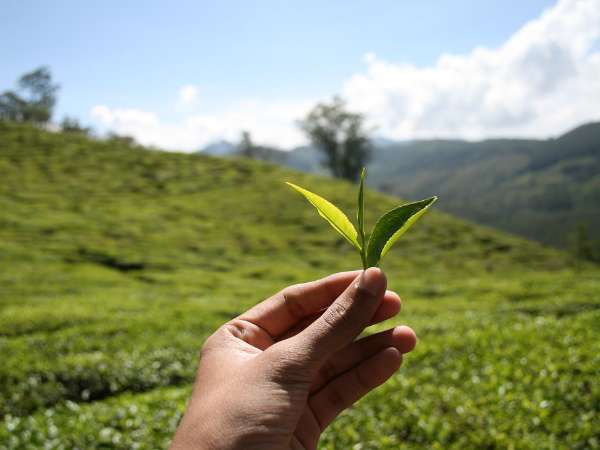
All teas start with harvesters plucking fresh leaves. The young leaves of the tea bush are hand-plucked to select only fine tea leaves.
The quality of this process is often reflected in the taste of the tea.
Step 2 – Withering or Wilting
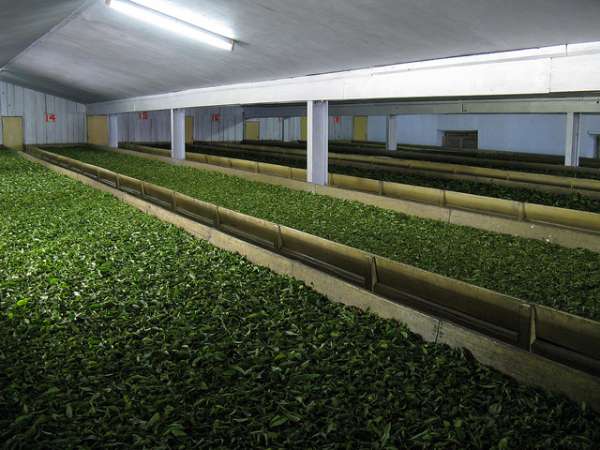
After they are plucked, tea leaves undergo withering through enzymatic oxidation. This means drying bruised or torn leaves to disperse the leaf’s water content.
Wilting is a natural method but the leaves can be dried under the sun or in a place with a cool breeze to facilitate the process.
Sometimes, the leaves are laid on holders and hot air is forced beneath.
Step 3 – Disruption or Bruising
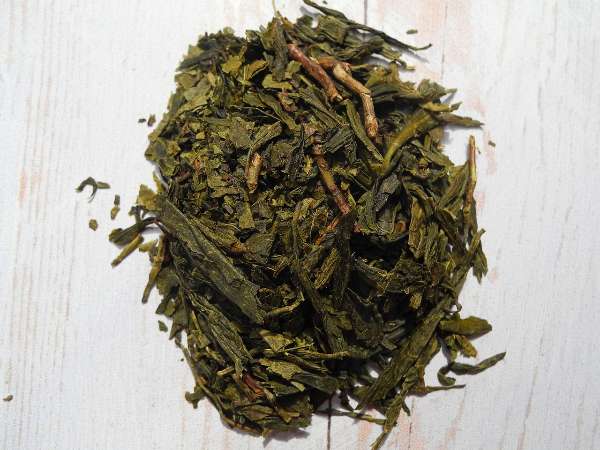
Disruption is a process that simplifies oxidation. During it, tea leaves are bruised and torn through shaking and tossing. This process is also known as leaf drenching.
Step 4 – Oxidation (Optional)
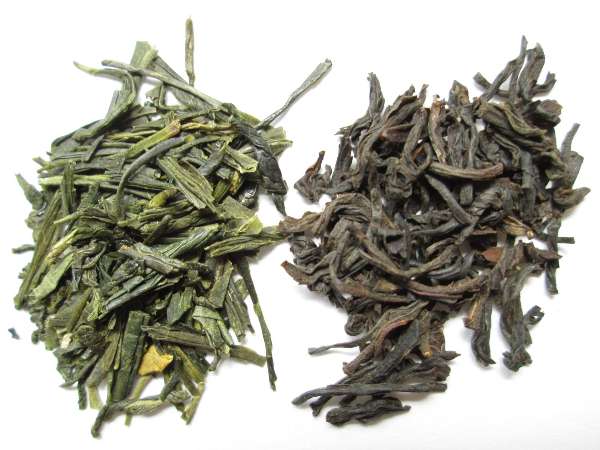
Oxidation is a vital step in tea production that alters the appearance, flavor, and chemical content of the tea leaf.
During this process, an enzymatic reaction turns the leaves brown, just like a cut apple, or like that of banana peel.
This process is the main differentiating factor between different types of tea. For example, tea leaves undergo full oxidation to create black tea while for green and white tea there’s no need for any oxidation.
Step 5 – Fixation
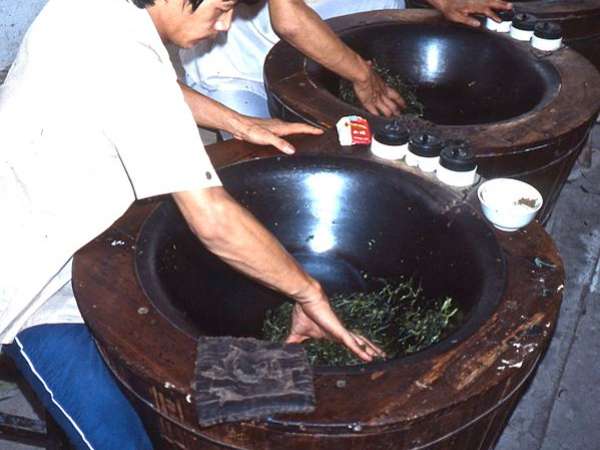
To halt the oxidation process, the tea leaves are heated. This fixing act is sometimes called the kill green, but its actual role is to preserve whatever green color is still left in the leaf.
It may be achieved through steaming, panning, or baking. Tea makers skip this process for black tea.
Step 6 – Sweltering or Yellowing (Optional)
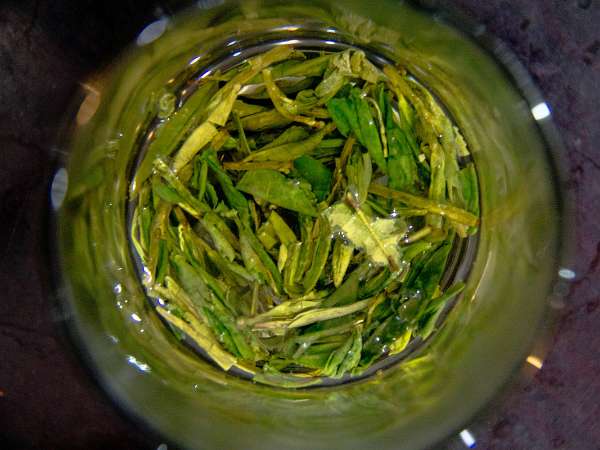
Moist and temperate tea leaves from after kill green can be slightly heated in sealed storage, which causes the leaves to turn yellow.
This results in leaves that have a unique yellowish-green hue due to the changes in chlorophyll. This process is only carried out for yellow teas.
Step 7 – Rolling
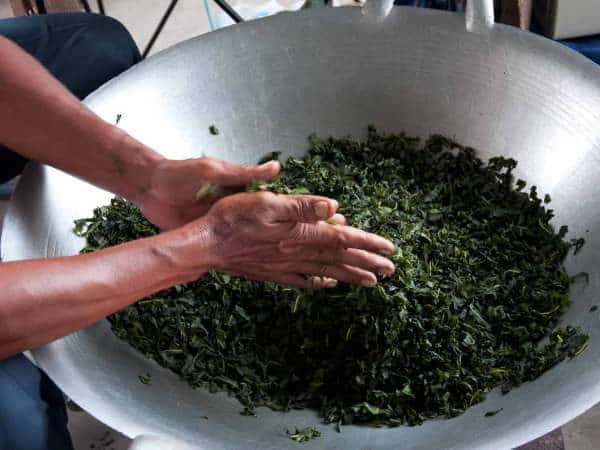
Common to all types of tea, rolling is the process that gives the tea leaves their characteristic tightened shape or form.
During rolling, tea leaves are typically rolled tightly so that they will maintain their freshness.
This method can be done by hand or through automated equipment which causes the tea leaves to wrap or curl around themselves.
Step 8 – Drying
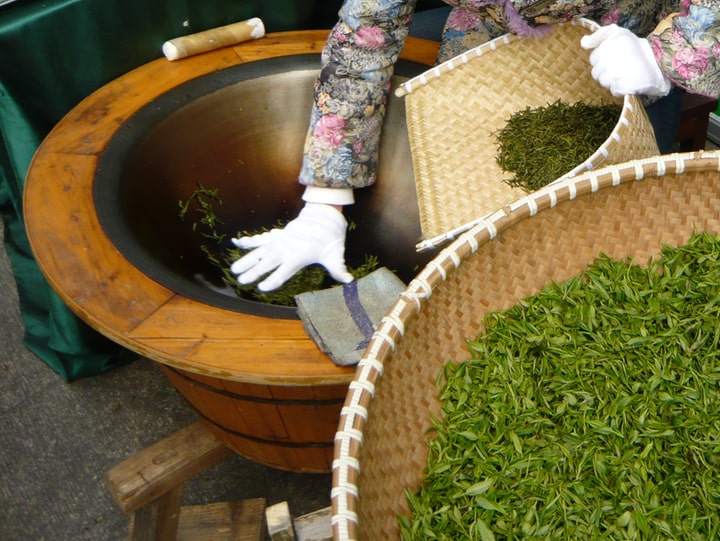
Drying or firing is an important step that aims to removed moisture from the tea leaves. Drying prolongs the shelf life and freshness of the tea.
The duration of drying is significant. If it’s done too quickly, it may lead to bleak and rough-textured tea. This process is essential for all common types of tea.
Step 9 – Curing
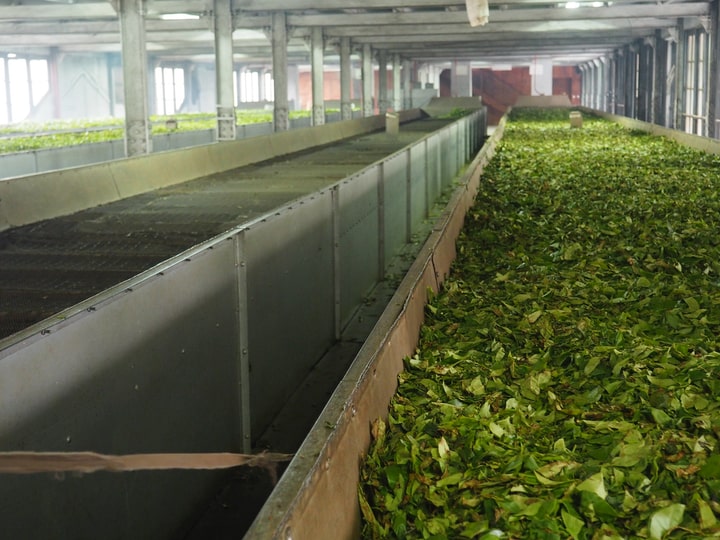
Also called aging, this type of processing is not always mandatory. It’s carried out only when the tea might require a degree of fermentation and baking.
Chinese Pu Erh is an example of a tea that is aged and fermented like wine.
It’s often bitter and harsh in taste but becomes sweet and mellow through fermentation by age or dampness.
After all the steps, the finished tea leaves are set to cool until they are packaged either in tea bags or in different containers.
Loose Leaf vs Tea Bags
Have you ever wondered about the differences between loose leaf tea and traditional tea bags?
The leaves in most tea bags are made from broken or bruised tea leaves. There are exceptions, but this is often the norm.
When they are broken into tiny pieces, tea leaves can lose most of their aroma and oils. As they are brewed, they release more tannins than whole leaf tea, giving you a more bitter taste.
The size, shape, and quality of the tea leaves all affect the overall quality of the tea.
The bottom line: Whole loose leaf tea is generally healthier, tastier, and better for the environment than tea packaged in tea bags.
Teabags are convenient, which accounts for their popularity. But with the right tea infuser, you can brew loose leaf tea easily at home or on the go, and then do a proper tea leave reading to discover what the future has in store for you!
Tea Caffeine Content
Tea doesn’t have as much caffeine as a cup of coffee, but some types of tea have more caffeine than others. As you can see in the graph below, all true teas have caffeine.
Tip: Rooibos, an African tea, as well as herbal teas like chamomile or hibiscus don’t have any caffeine, so you can drink them in the evening without worrying that they will keep you up at night.
Best Types of Tea
Now that we’ve talked about the processing of different types of teas and some of their essential characteristics, let’s take a closer look at the popular varieties out there.
Let’s start with the true teas.
Main Types of Tea (True Teas)
As noted, true teas have caffeine–they are all made from the Camelia sinensis plant. When most people talk of tea, they refer to one of the following main types of tea.
1. Black Tea
Black tea is the most common type of tea that undergoes full oxidation. It’s a strong tea made from black or dark brown leaves.
It has higher caffeine compared to others. To produce black tea, the leaves are wilted, bruised, rolled, and fully oxidized.
Steep for 3 -5 minutes.
This robust tea is packed with compounds and antioxidants that help reduce inflammation in the body.
However, higher amounts of black tea can cause some undesirable side effects such as sleep problems, diarrhea, heartburn, and vomiting. It has a high caffeine content.
2. Oolong Tea
With its high polyphenol content, Oolong Tea qualifies as a stress-buster. Its semi-fermented preparation gives it a distinctive fruity flavor.
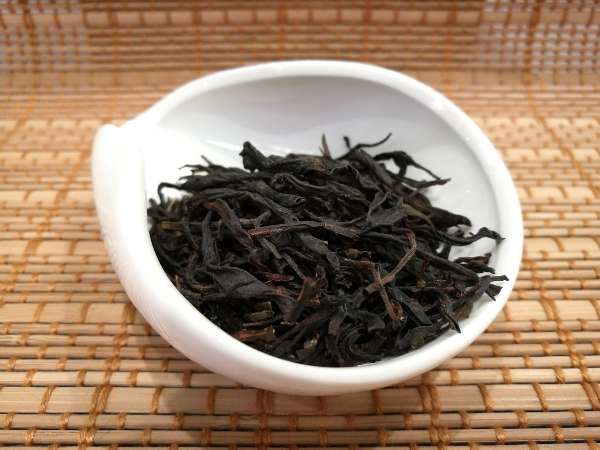
To attain a flavorful serving, steep for 3 minutes.
It’s good for the skin, bones, and brain due to its high antioxidant content.
But it’s high in caffeine, so people sensitive to caffeine as well as pregnant women and children should drink it with caution, preferably no more than 1 small cup a day.
3. Post-Fermented Tea (Dark Tea)
Dark tea or post-fermented tea is an anti-diabetic dietary supplement that is renowned for its strong yet refined floral aroma and flavor. This tea is branded “tea of life” due to its rich helpful nutritional elements.
Normally, it undergoes secondary fermentation procedures to expose its alluring natural taste.
Steep for 4-6 minutes. Can be served hot as well as cold.
This type of tea has probiotic benefits and is rich in antioxidants and other substances that boost the health of your immune system. It also boosts concentration.
4. Green Tea
Considered an anti-aging and slimming tea, and sometimes called the healthiest drink in the world, green tea is another true tea. It’s very popular in China and Japan.
Its simple preparation includes slight withering and immediately cooking of the plucked tea plant leaves.
Steep no longer than 2-3 minutes, using water with a temperature between 75-85 degrees Celsius.
Green tea has plenty of antioxidants. Green tea benefits include improved brain function and immune system, healthier skin, and weight loss.
Warning: Drinking more than 2 cups of green tea regularly during pregnancy has been linked to an increased risk of miscarriage and other negative effects due to the high green tea caffeine content.
5. White Tea
White Tea is the mildest of the true teas. Unlike other types of tea, it has a lower caffeine content, making it a lighter drink later in the day.
The freshest leaves are gathered and minimally oxidized so that they retained a delicate taste.
White tea can be brewed for 2-5 minutes depending on the variety you choose.
White tea is rich in antioxidants, can protect your teeth, may help you lose weight, and reduce the risk of heart disease and certain types of cancer.
6. Pu Erh Tea
Pu Erh Tea is a fermented true tea also dubbed a detox tea. It has properties good for slimming, cleansing, and refreshing the body.
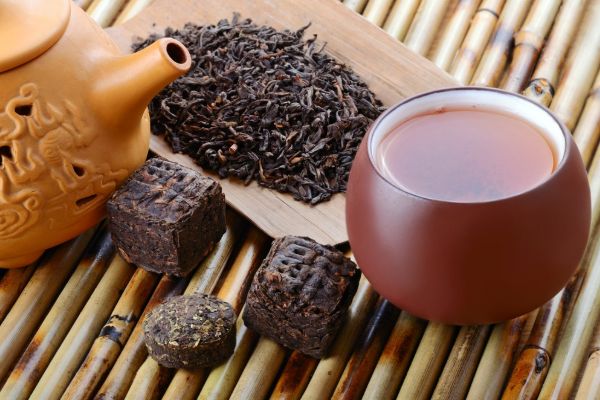
It’s processed through special microbial fermentation and features a moderately bitter taste.
Brewing time usually takes 3-5 minutes.
Pur Erh Tea gives you an energy boost, cleanses your body of free radicals, protects bone health, and promotes heart health.
7. Yellow Tea
Not as common as green or black tea, yellow tea has a fruity aroma, is sweet, and provides a plethora of health benefits.
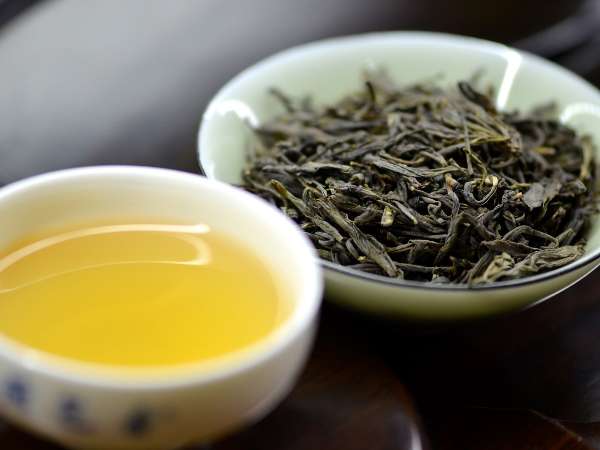
Yellow tea can help you shed those extra pounds and treat inflammatory bowel disease.
Steep 2 minutes for most varieties.
In fact, yellow Chinese diet tea can cleanse your body of harmful toxins, improve your mental alertness, cure diabetes, and lower the risk of brain strokes.
8. Matcha Tea
A type of powdered Japanese tea, matcha green tea varies from other kinds of tea since the shade-grown leaves are finely powdered.
This grassy and vegetal flavored tea has lots of beneficial properties.
To make this one, you don’t have to steep it but whisk the powdered leaves with a special whisker until they dissolve. A spoonful of leaves is enough for a potent drink!
Of all types of tea, this is one of the richest in beneficial antioxidants and catechins. It can boost brain power and help protect the river.
It may also help you lose weight and protect the heart.
9. Lemon Tea
Lemon tea is simply the combination of green tea or black tea and lemon juice for a one-of-a-kind flavor. You can drink this hot or cold.
To make a cup, pour boiling water over an infusion and let it steep for 3 to 5 minutes.
It’s a great source of hydration and detoxification but drinking too much may damage the enamel of the teeth.
Other Tea Varieties
So far we’ve talked about the main types of teas. Now let’s have a quick look at some other popular varieties of tea.
These may not be true types of tea in that they are not made from the Camelia sinensis plant, yet they are delicious, refreshing, and healthy.
10. Herbal Tea
Herbal Tea or Tisane is a caffeine-free tea made from a wide variety of plants that may include hibiscus, chamomile, lavender, and many more.
The difference between this and specific teas is that it’s made from a variety of plants. Herbal teas are caffeine-free.
Brew for 5-7 minutes.
11. Rooibos Tea
Also known as African Red Tea, Rooibos is a pro-liver herb tea from South Africa. The leaves are oxidized and have a sweet flavor.
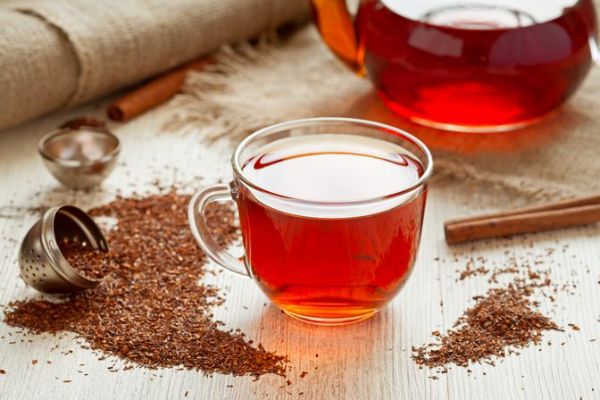
It has zero caffeine, is rich in antioxidants, and promotes good iron absorption.
Steeping time is 4-5 minutes.
12. Chamomile Tea
Chamomile tea is a bedtime beverage extracted from the edible flowers of the Chamomile plant. This tea has a light and soothing flavor.
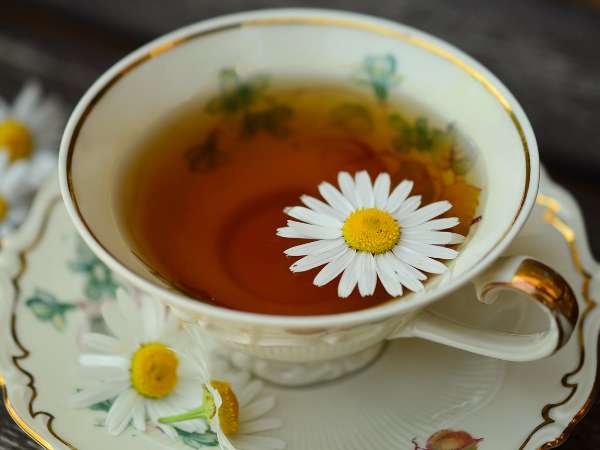
It’s popular for relaxing the body and promoting digestive health. It’s also caffeine-free.
Brewing time is about 5 minutes.
13. Hibiscus Tea
Another herbal tea is made from the hibiscus plant. It’s a tart-tasting tea formulated from desiccated flower petals of the Roselle plant.
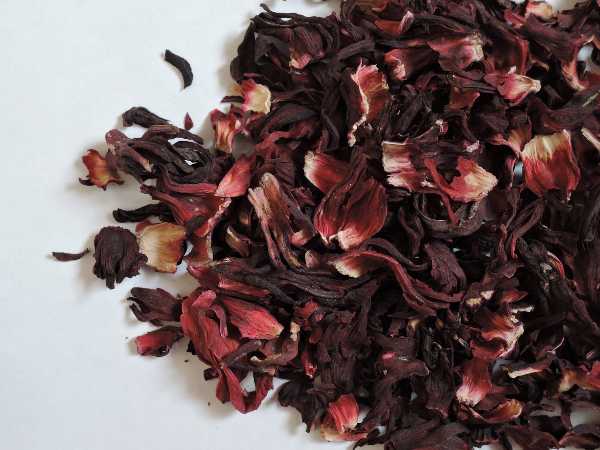
It’s full of Vitamin C and antioxidants. However, people with acid-related issues should know that this tea has a notable acidic content.
Infuse the leaves for about 2-5 minutes.
14. Ginger Tea
Bad day because of a cold? Worry not–a hot cup of ginger tea can get you back on your feet. This strong-flavored tea is popular as a winter tea and goes great with honey.
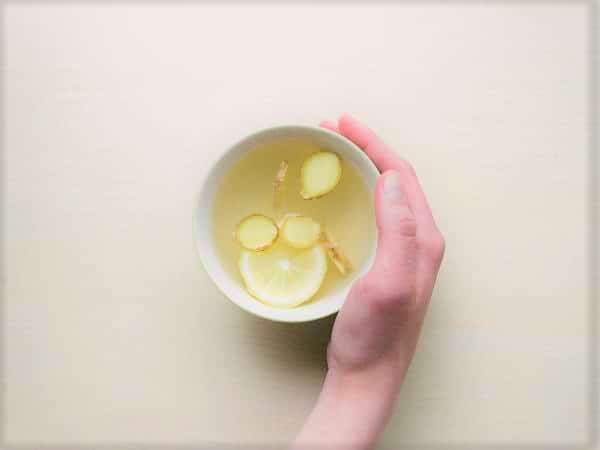
Steep for about 10 minutes.
Ginger tea has magnesium, Vitamin C, and other minerals good for healing and soothing the body and supporting the immune system.
15. Chai Tea
Chai is actually the Hindi word for tea. This tea is warming and creamy.
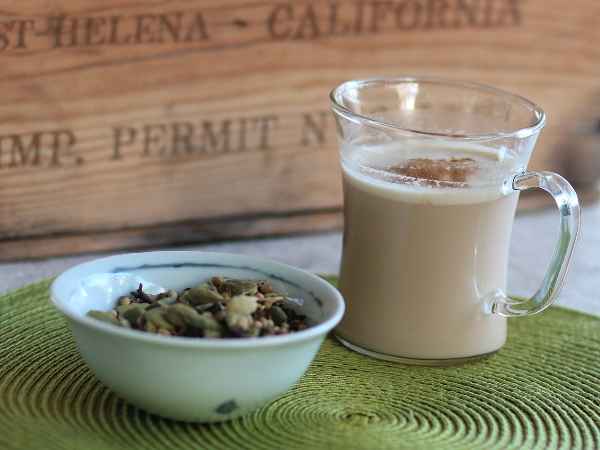
The traditional version is rich in polyphenols so it’s really healthy. Moreover, the spiced one is often strongly brewed with milk and a sweetener.
However, commercial variations tend to be too sugary so better watch out.
Steep for 5 minutes.
16. Earl Grey Tea
Another well-known flavored tea, Earl Grey Tea is a typical British tea. Many love this concoction of traditional black tea infused with oil from the rind of the bergamot orange.
Usually, it is brewed for about 3-5 minutes.
It boosts immunity and aids in weight loss.
17. Raspberry Leaf Tea
Raspberry Leaf Tea is a refreshing non-caffeinated drink. It’s high in potassium, iron, magnesium, and B vitamins.
Steep for at least 5 minutes.
Furthermore, this drink is especially beneficial for women as it helps during pregnancy by thickening the uterus wall.
18. Dandelion Tea
For some, Dandelion Tea is a coffee alternative. It’s produced by roasting dandelion roots.
Steep for about 5 minutes.
It tastes moderately floral and is believed to be helpful in food digestion.
19. Peppermint Tea
Peppermint tea is a flavorful tea you can drink to which you can add squeezed lemon juice. It can soothe the stomach.
Steeping may vary from 3-12 minutes.
The essential oil of peppermint is known as a mood booster.
20. Cinnamon Tea
One of the best-known spices, cinnamon makes for a great aromatic tea.
To make this type of tea, steep a cinnamon stick in boiling water for 15 minutes.
Cinnamon tea may aid with weight loss and reduce inflammation and clinical symptoms in people with rheumatoid arthritis.
21. Jasmine Tea
A famed herbal Chinese infusion, Jasmine tea is made from Jasmine blossoms combined with either green, white, or black tea.
This low caffeinated tea has a mood-boosting aroma and a relaxing moderate sweet taste.
Brew for 2-3 minutes.
Daily intake assures an improved immune system and a lesser chance of suffering from a heart attack and diabetes.
22. Nettle Tea
Having an anti-inflammatory ability, Nettle Tea is a herbal infusion that uses the withered leaves or roots of the Nettle plant.
Steep for 10-12 minutes to bring out the full flavor of the leaves.
Of all types of teas, this is one of the best for urinary problems, allergies, hives, and gout.
23. Darjeeling Tea
Referred to as the “Champagne of Teas”, Darjeeling Tea is a popular export product of India. It can come in a variation of white, black, green and oolong tea.
Steep Darjeeling tea for 3-5 minutes.
This light-colored and flowery scented tea has antioxidants that ensure lots of health-related benefits including weight loss and good oral and bone health.
24. Rosehip Tea
Rosehip Tea is a Vitamin C-loaded herbal or fruit beverage, normally extracted from the parched fruit or flowers of a Rose plant.
Steep this one for 10 minutes or as noted on the package.
It’s great for boosting your intake of Vitamin C and for strengthening your immune system.
25. Assam Tea
Assam tea, commonly known as English or Irish Breakfast Tea, is grown in the widest tea producing area in the world, the Assam region of India.
Steep Assam tea leaves for 3-5 minutes.
This dark reddish brown-colored caffeinated drink has a malty and sharp sour taste that boosts energy and promotes mental vigilance.
26. Ceylon Tea
Also called Sri Lankan tea, Ceylon tea is served as an iced tea or milk tea. It’s a hand-processed black tea that is brightly-colored yet strongly-flavored.
Brew Ceylon tea for 3-5 minutes.
It helps with regulating insulin and blood sugar levels which makes it an anti-diabetes tea.
27. English Breakfast Tea
English Breakfast Tea is the most popular tea on English tabletops. Its archetypal black tea mixture of Assam, Ceylon, and Kenyan teas leaves a unique pungent taste with a frail relaxing raisin aroma.
Steep English Breakfast Tea between 3-5 minutes depending on how strong you want it to be.
Though it contains a high caffeine content, it has flavonoids that promote arterial and dental health and may also prevent certain cancers.
28. Chinese Tea
Chinese tea is a low caffeinated drink that comes in many varieties depending on the kind of tea leaves being used.
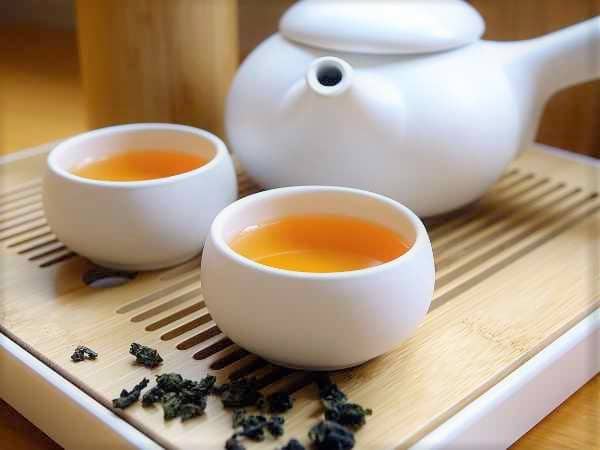
Infuse for 3-4 minutes but check your tea package for more specific instructions.
Rich in antioxidants, this tea is good for the immune system. It may also regulate blood pressure and cholesterol.
29. Ginseng Tea
Derived from the root of the Ginseng plant, Ginseng Tea is an anti-obesity herbal tea that is Korean in origin.
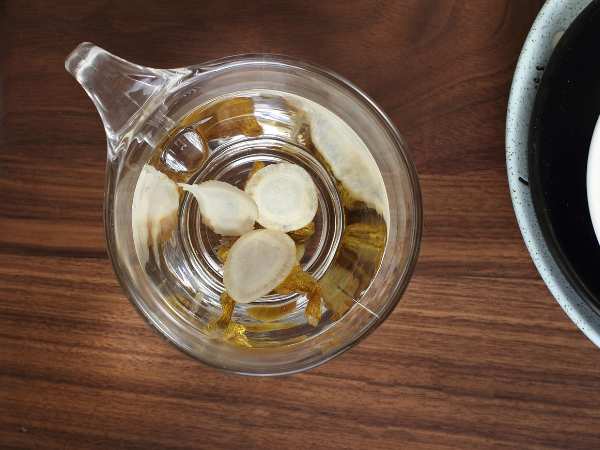
Steep for 5-15 minutes based on desired strength.
It comes in three varieties: American, Asian, and Siberian ginseng. This has “ginsenosides” which are responsible for reducing menstrual, mental and even sexual issues.
30. Echinacea Tea
Made from the leaves, flowers, and roots of the Echinacea plant, this tea has long been used as a medicinal drink.
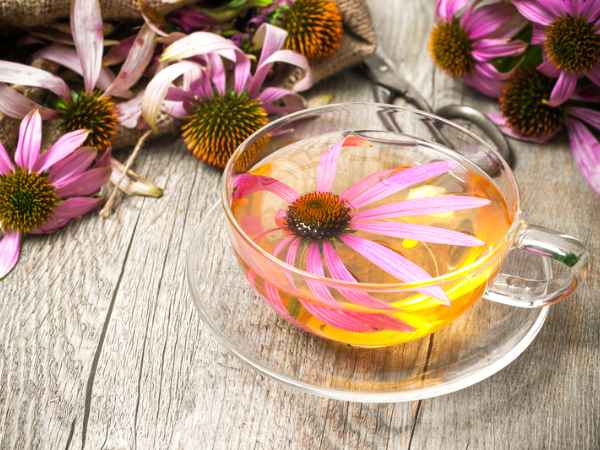
Brewing takes up 10-15 minutes.
This tea is filled with antioxidant, anti-inflammatory, and anti-virus compounds that make it a pro-immune system beverage.
31. Yerba Mate Tea
Another ancient herbal tea, Yerba Mate has an uplifting grassy taste and is a great coffee substitute. People in the South-Americas love this drink and drink it on a daily. It is gaining more popularity in Europa and the USA recently and it’s definitely worth a try. A good way to get started is with a Yerba Mate kit you can find here.
3-4 minutes is the usual steeping time.
Enhanced concentration, increased mental focus, and stronger bones are just a few of the notable benefits of this tea.
32. Chrysanthemum Tea
Made from Chrysanthemum flowers, Chrysanthemum tea is a bold-tasting infusion commonly drunk in East Asia.
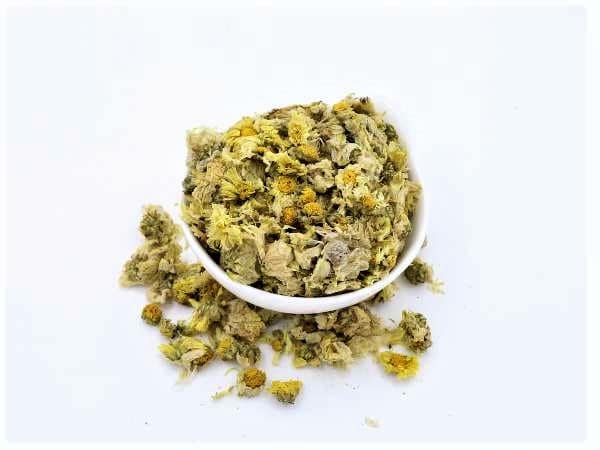
It’s commonly used to treat hyperthyroidism, stabilize blood pressure, and help cure respiratory ailments.
Brewing can take 3-5 minutes.
But note that it may trigger side effects in people allergic to ragweed and daisies.
33. Tulsi Tea
Tulsi tea is a natural healing tea made with the leaves of the Holy Basil or Tulsi plant.
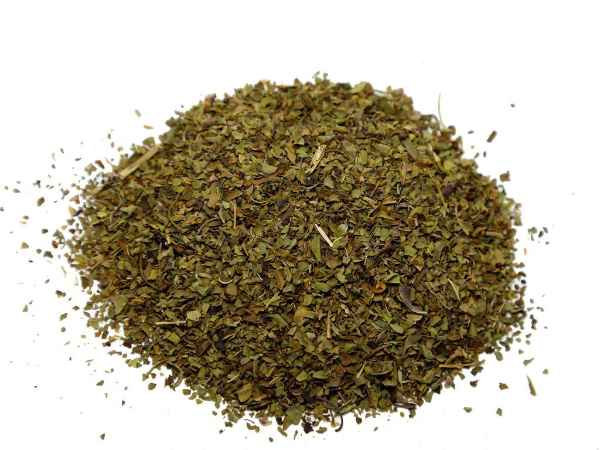
Brew Tulsi tea for 2-3 minutes.
It is a zero caffeine drink that has a “eugenol” component–a good stress reliever, stimulant, anti-inflammatory, and digestive agent.
34. Spearmint Tea
Spearmint tea is an anti-osteoarthritis drink that has a lesser minty flavor than peppermint.
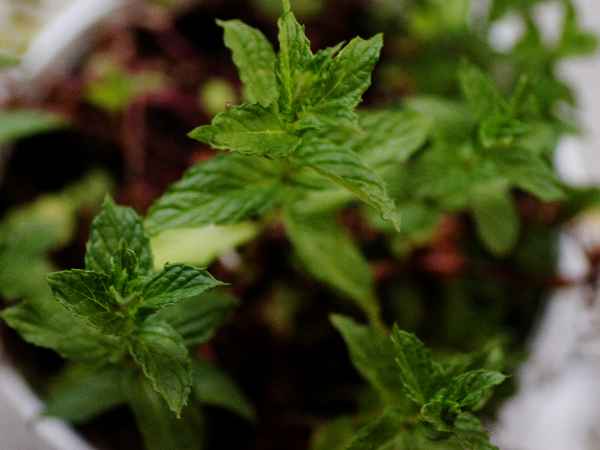
Steeping can be 5-15 minutes or more for a stronger taste.
Like other types of teas made with mint, it has good therapeutic benefits especially for the stomach.
35. Sencha Tea
Sencha tea is a famed variety of green tea that consists of the entire dried leaves. This tea is filled with polyphenols.
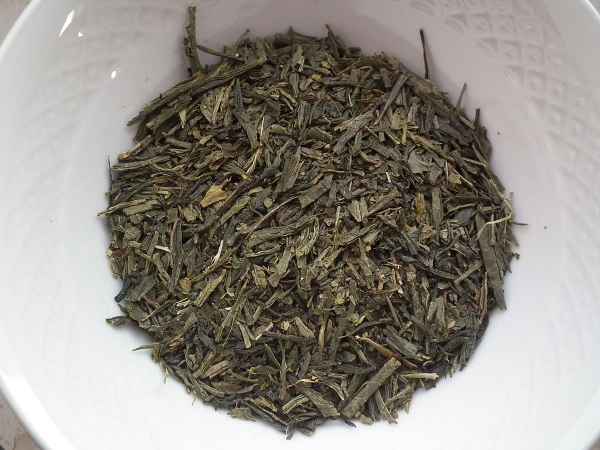
Steep for 1-2 minutes only.
It can help with weight loss, the prevention of cancer and neurodegenerative diseases, and has anti-bacterial and anti-ageing properties.
36. Valerian Tea
Made from the dried stems and roots of the Valerian plant, Valerian Tea is another herbal tea to savor.
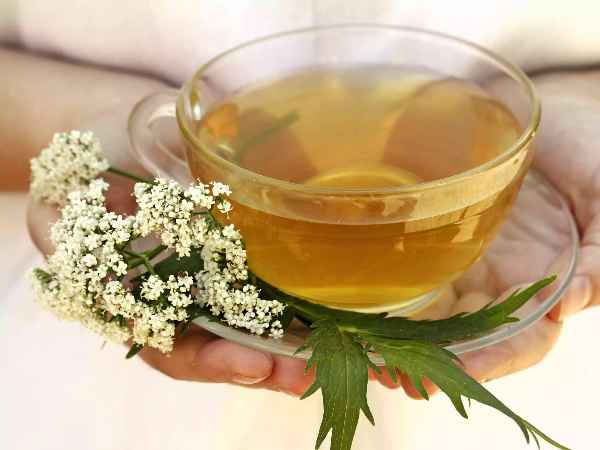
Steep for 15 minutes.
Some benefits include stress relief, menstrual symptom relief, and improved sleep.
37. Rose Tea
Last but certainly not least, Rose Tea, a.k.a. rosebud tea, is a sugary and moderately sour tea with a beautiful color.
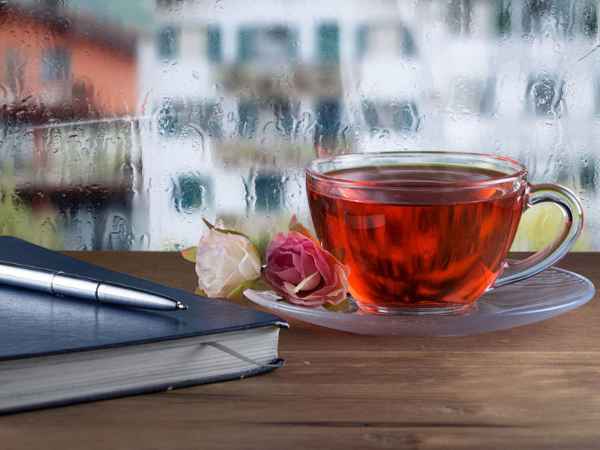
Steep between 4-10 minutes.
This tea is high in Vitamin C and anthocyanin, a flavonoid that can lower blood pressure and has anti-bacterial and anti-inflammatory benefits.
Our Favorite Types of Tea
It’s always a good time to stash some tea in your kitchen. Most types of tea you can drink every day without any side effects.
That means lots of cups of joy and relaxation–plus all the health benefits that come with tea.
But don’t settle for the usual tea brands. We’ve hand-picked some interesting types of tea for you to dry. You can order all of them online.
Types of Teas Frequently Asked Questions
Now here are some of the most common questions we heart about the different types of tea out there. The answers are a summary of what we’ve been writing so far.
What are the main types of tea?
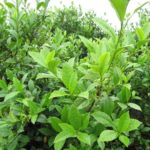
The main types of tea are true teas made from the Camelia sinensis plant, including green tea, white tea, black tea, yellow tea, white tea, Pur Erh tea, and Matcha tea as well as caffeine-free herbal teas.
How different types of tea are made?
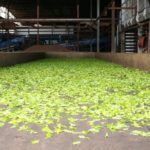
True teas are all made from the Camelia sinensis plant but each type of tea undergoes a different process that may or may not involve withering, oxidation, fixation, baking, yellowing, or rolling.
Read more about the process behind the different types of tea.
What is the best type of tea?
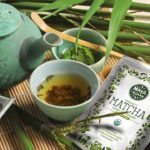
The best type of tea is the one you like the most! Some people call green tea the world’s healthiest drink, but almost every type of tea has health benefits.
Types of Tea Drinkers: Which Are You?
The infrequent, drink-tea-when-you-have-a-cold sort of drinker? Or a tea addict? Or something in between?
There are so many types of tea out there that it’s really impossible not to find one for you. From Assam tea to weight loss tea, you can find online a whole world of teas you can explore.
This is an exciting time to be a tea drinker–no doubt about it!
Drinking tea can make you a healthier person and connect you with nature on a deeper level.
Because you’re not drinking just tea but sunshine and air and the wisdom of the plants and soil.
We hope you enjoyed our post.
Now tell us–what are your favorite types of tea? Green, white, black, herbal?
Leave us a comment and we’d love to start a discussion.
See you next post!

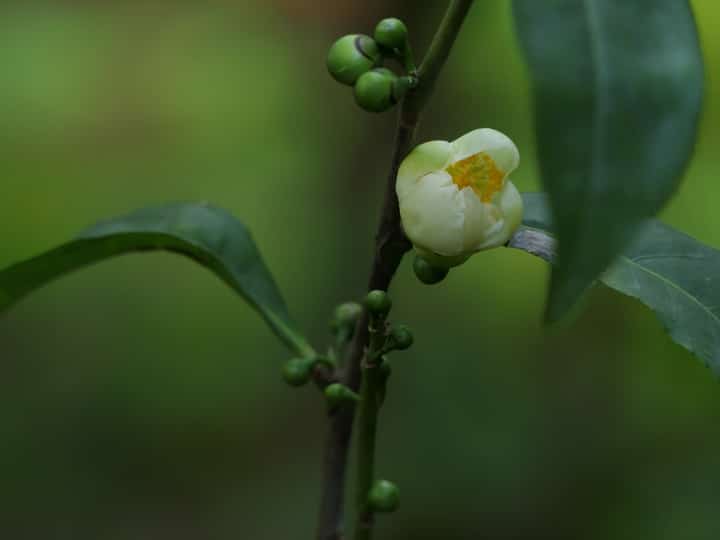
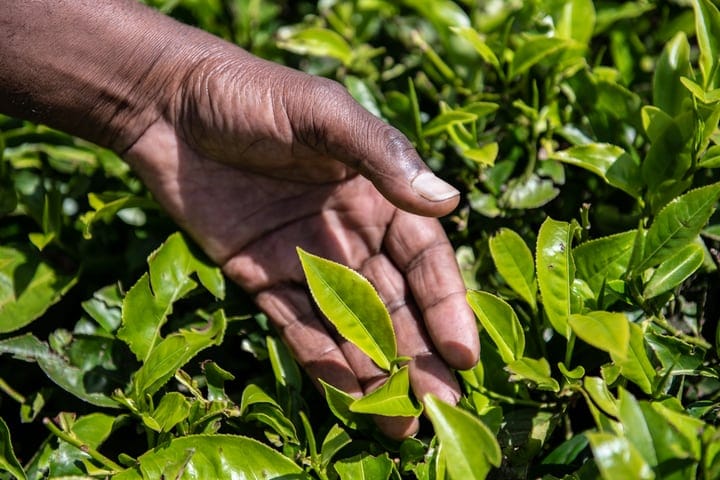
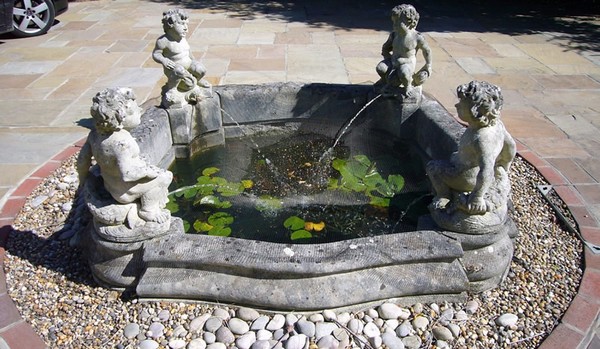
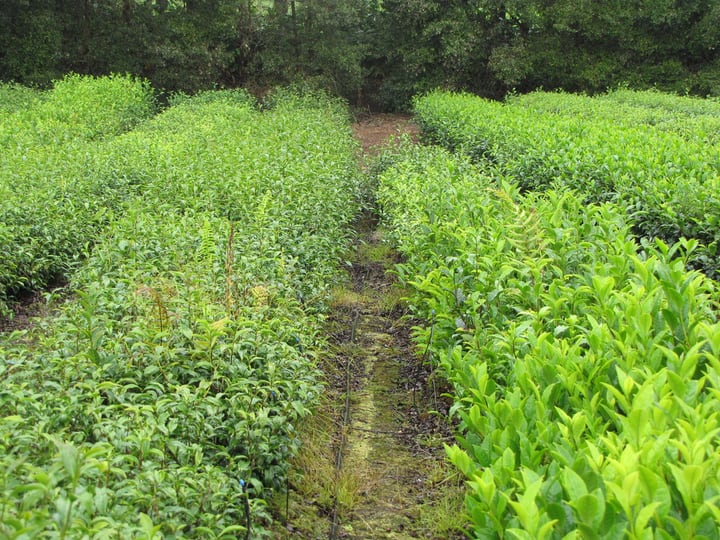
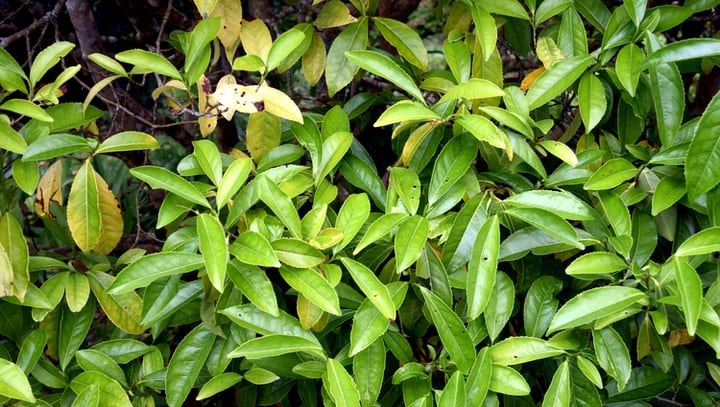

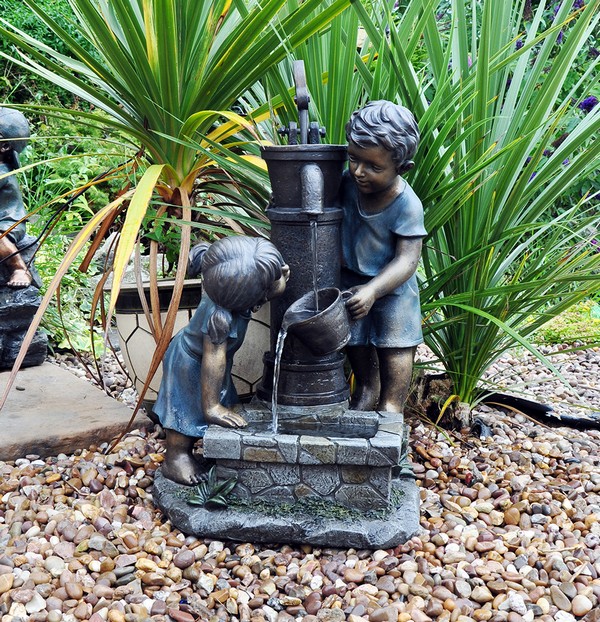


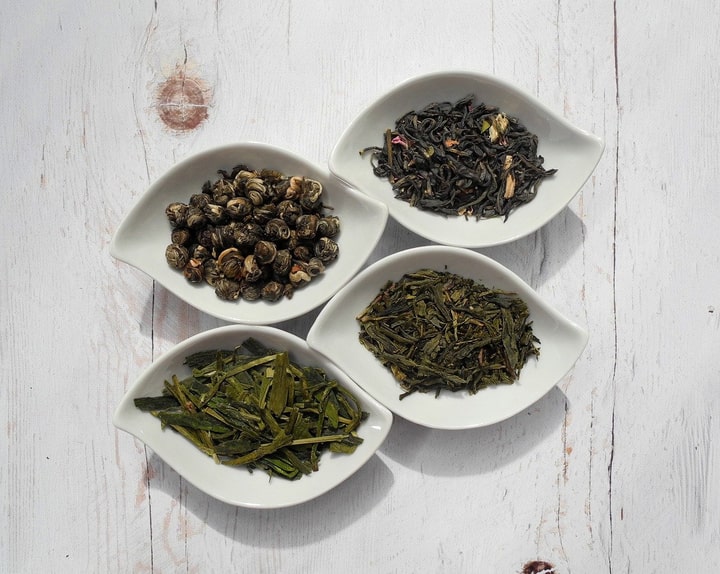
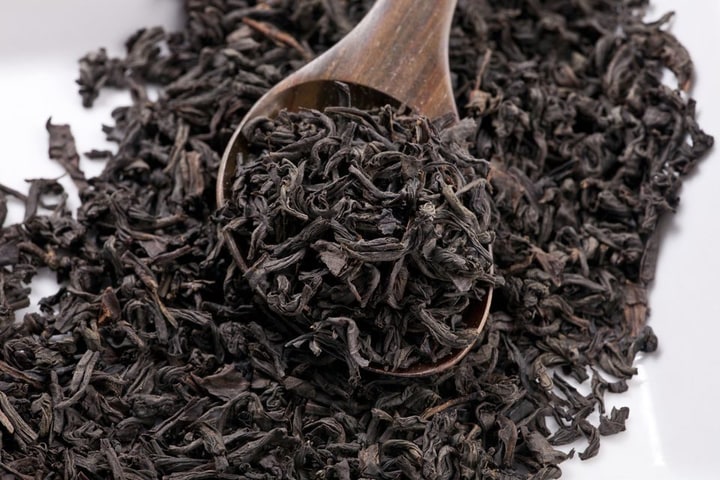
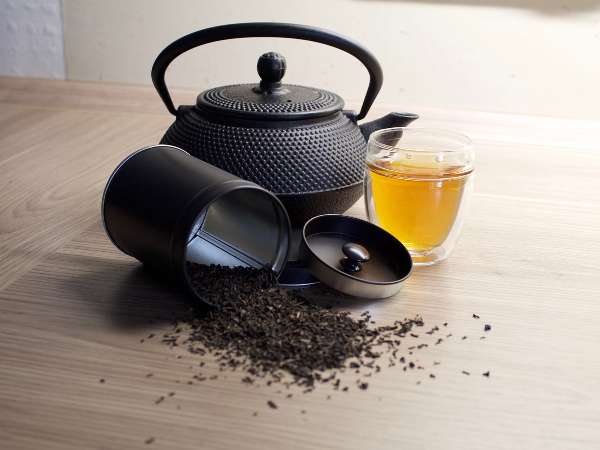

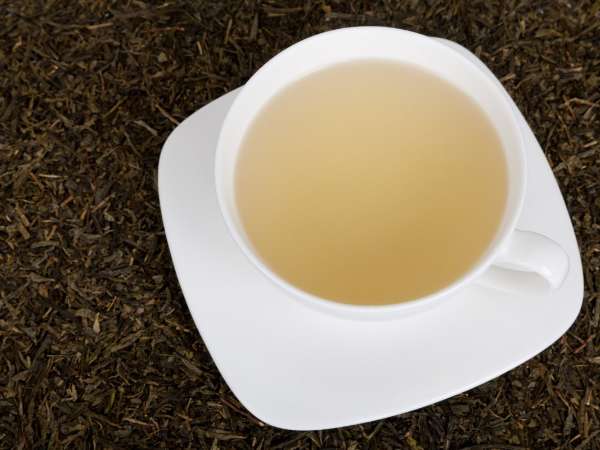
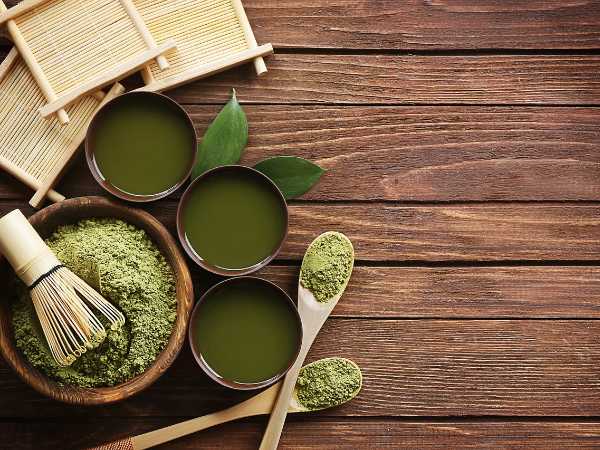
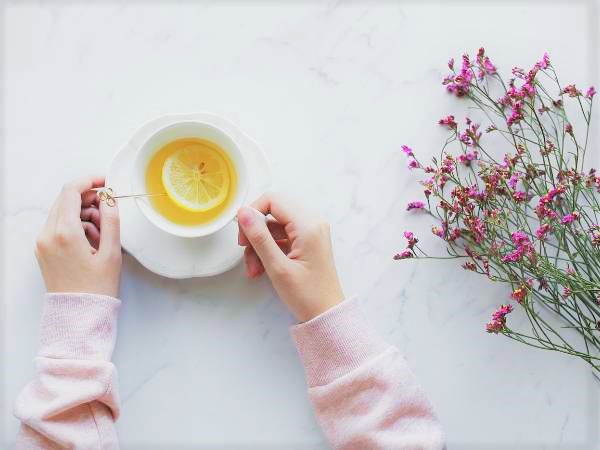
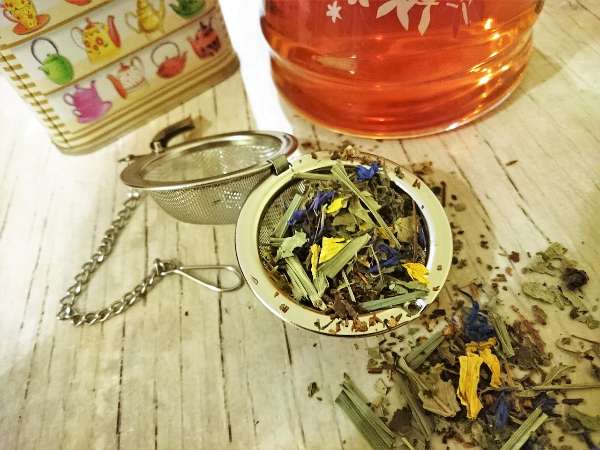
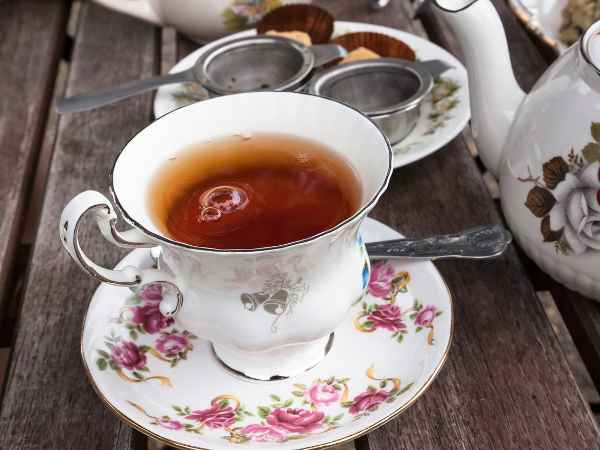
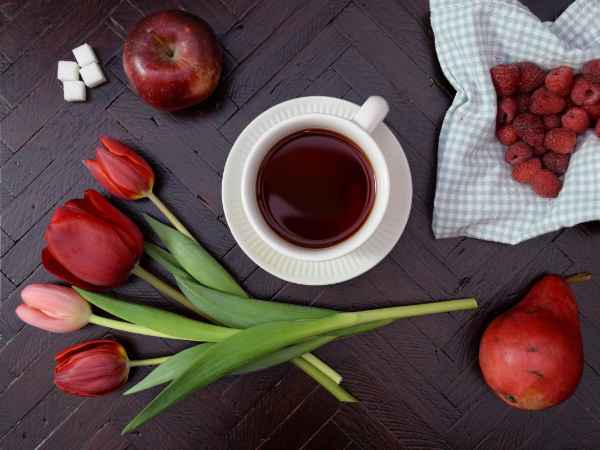
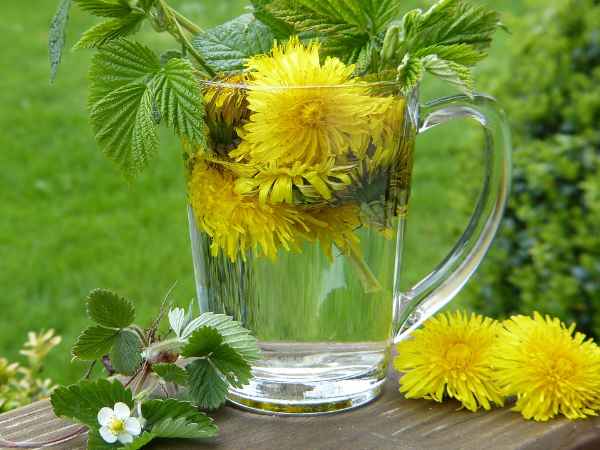
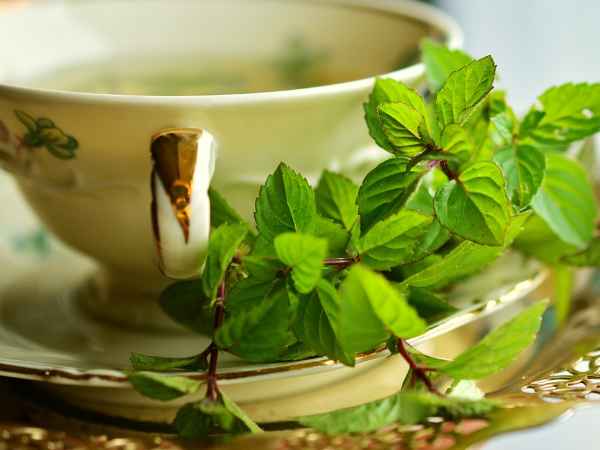
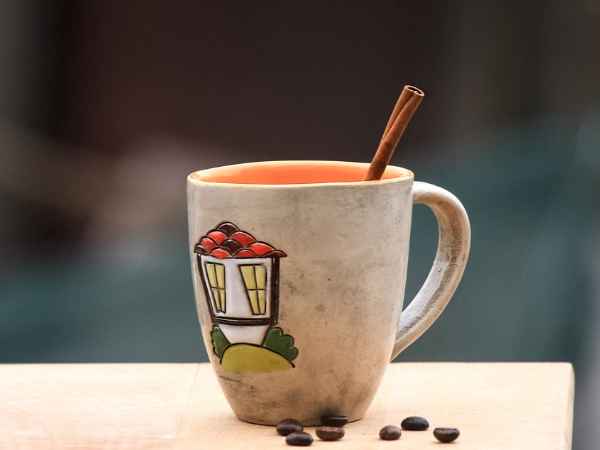
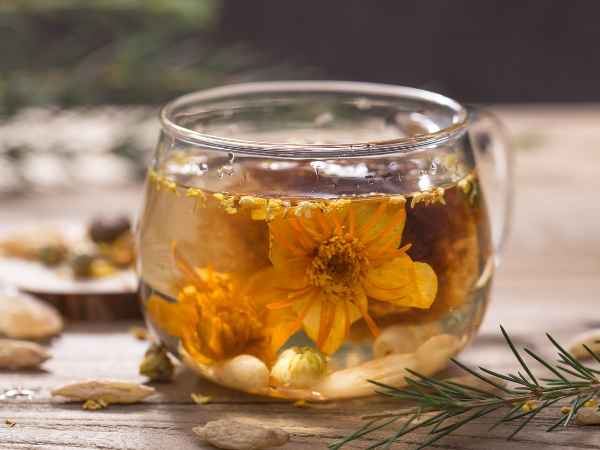

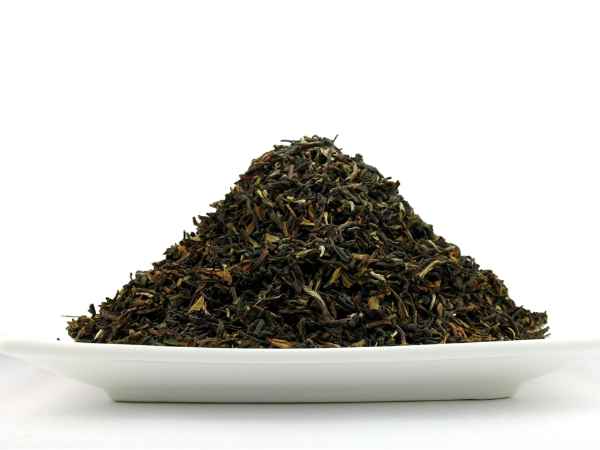
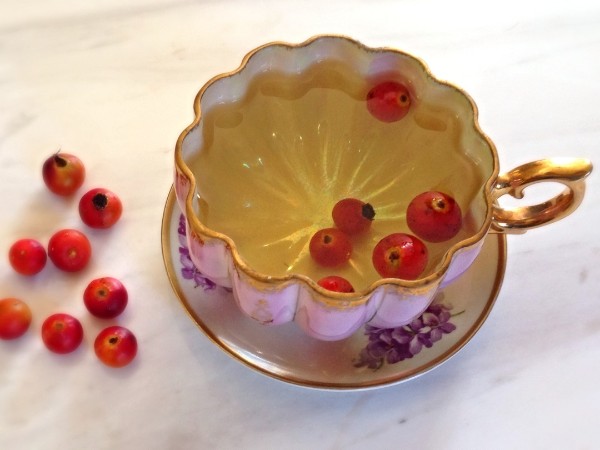
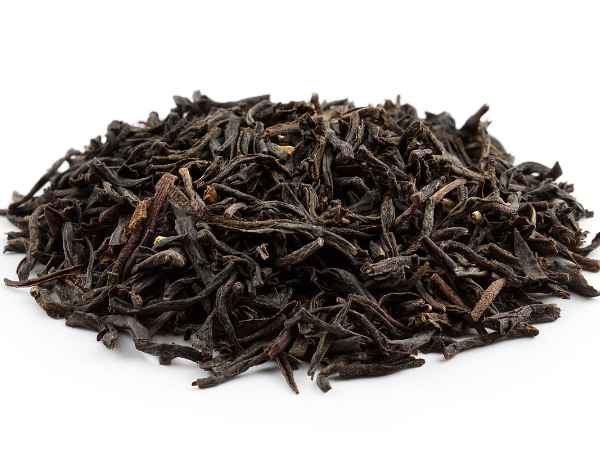
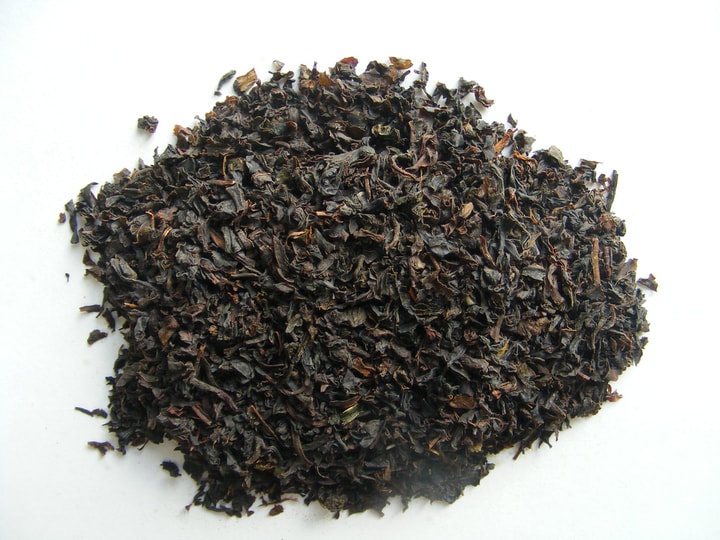
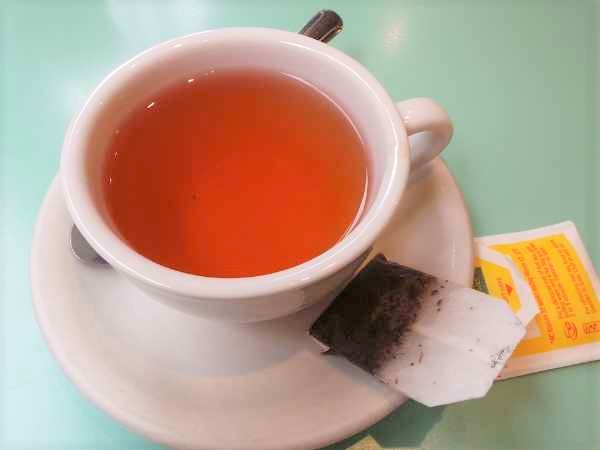
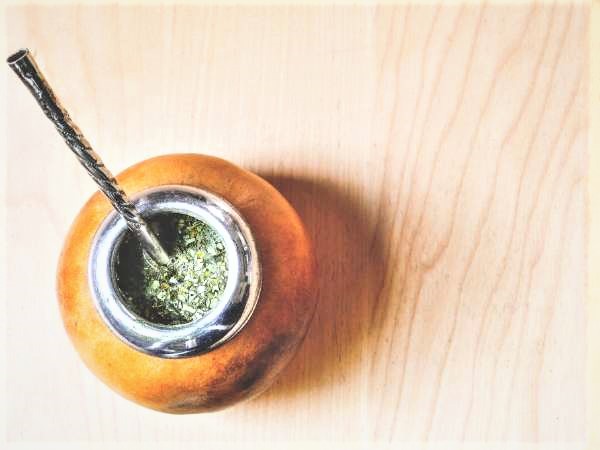
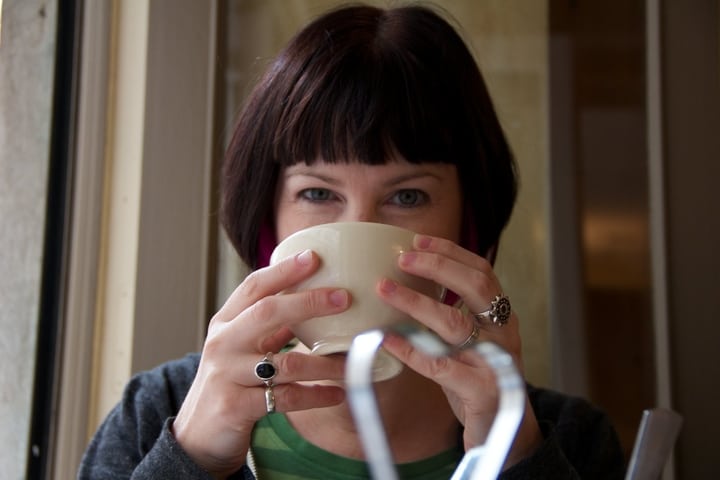
Leave a Reply